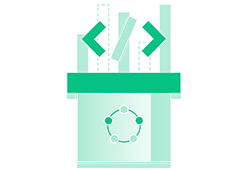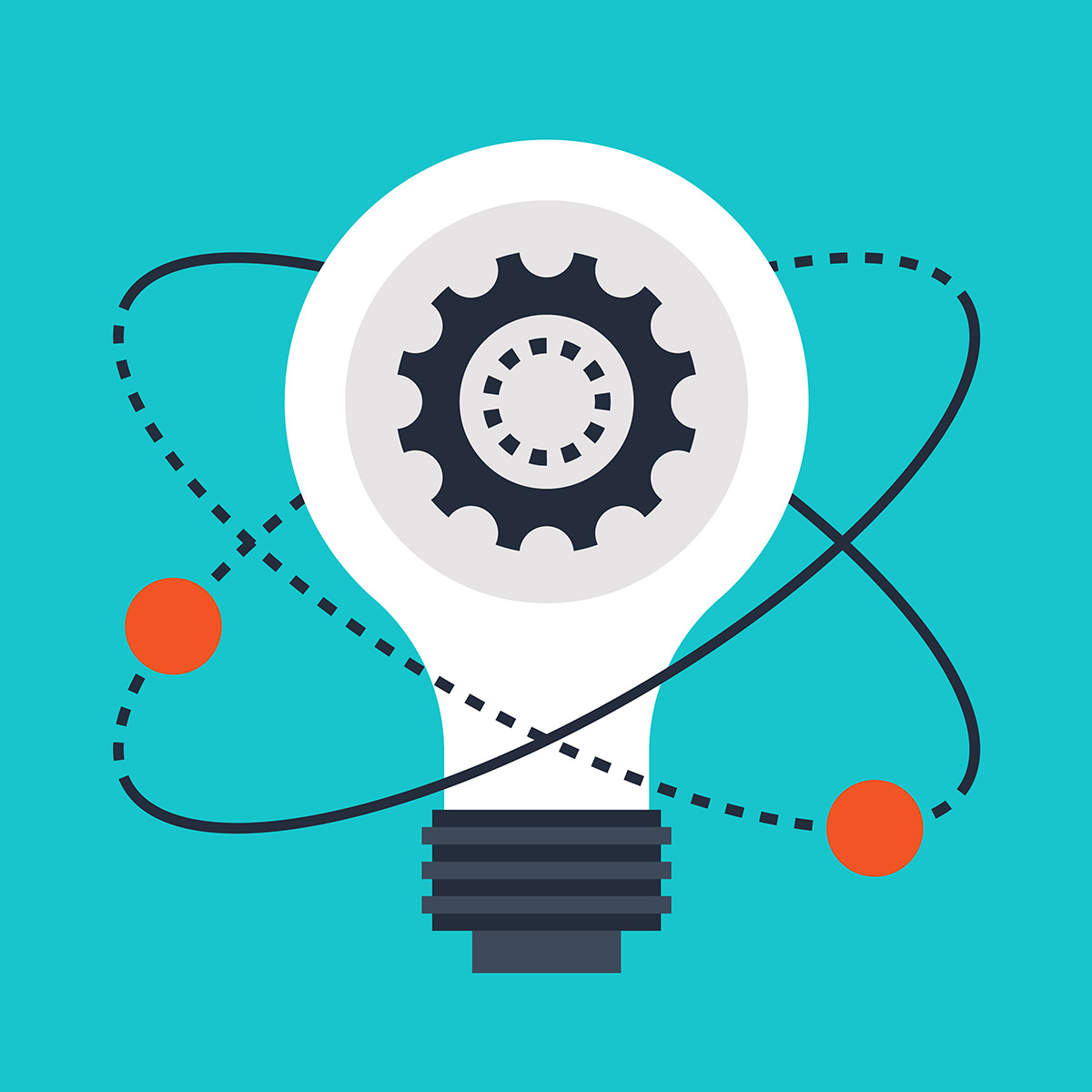The main aim of this Module is to ensure participants will be able to use suggested guidelines on how to start and manage a Kiwanis Center to ensure the quality and consistency in the delivery of the services provided by the Kiwanis Malaysia Centers. This module is made up of 11 Micro credentials that participants will be able to access and learn. Each micro-credential will ern a digital badge. Once the participants have collected all the digital badges, they will be given a certificate. On-going assessments and a final project idea presented to the facilitators synchronously will endorse the certification.
Training Outcomes
Participants will be able to:
1. Comprehend what KIWANIS is all about
2. Appraise 3-4 existing KIWANIS Centers
3. Establish a KIWANIS Malaysia Center
4. Manage a KIWANIS Malaysia Center
5. Manage KIWANIS administrative staff
6. Manage KIWANIS teaching staff
7. Plan a budget for the center
8. Seek or raise funding to run the center

- Lecturer: AISYAMARIAM BINTI ABDUL UZZA .
- Lecturer: ANALISA HAMDAN .
- Lecturer: ASSIRRI BIN AYUB .
- Lecturer: TS. JONATHAN JEEVAN STRINIVAS .
- Lecturer: YVONNE LOW WYE YIE .
In this project, you will learn how to set up a continuous integration and continuous delivery (CI/CD) pipeline on AWS. A pipeline helps you automate steps in your software delivery process, such as initiating automatic builds and then deploying to Amazon EC2 instances. You will use AWS CodePipeline, a service that builds, tests, and deploys your code every time there is a code change, based on the release process models you define. Use CodePipeline to orchestrate each step in your release process. As part of your setup, you will plug other AWS services into CodePipeline to complete your software delivery pipeline. This guide will show you how to create a very simple pipeline that pulls code from a source repository and automatically deploys it to an Amazon EC2 instance.
Example:


